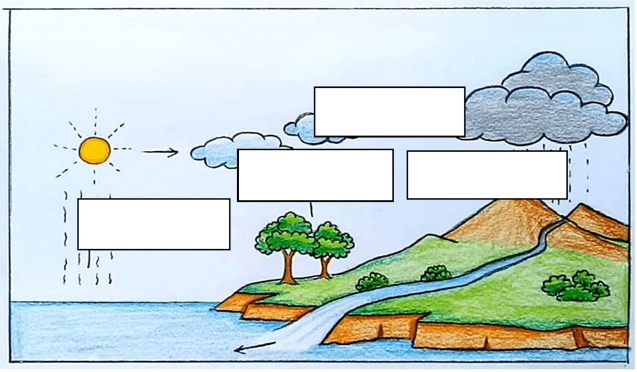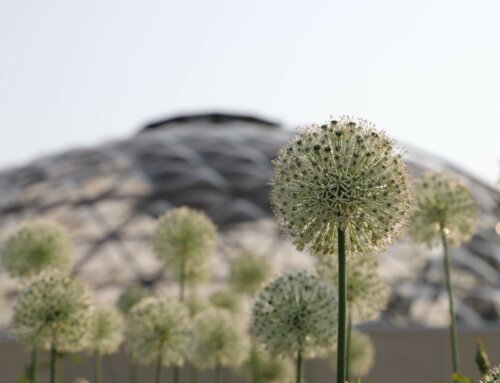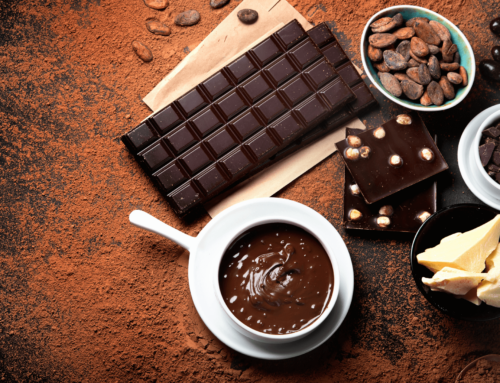Create your own mini-ecosystem using materials from your home and yard!
Explore the plant world in your own backyard as a family with this at-home summer activity. Did you know…a terrarium is a closed or mostly-closed container with soil and plants in it. In this container, a mini-ecosystem is at work. In fact, a well-functioning terrarium has its own water cycle! Learn about the water cycle as you create your own mini-ecosystem using the plants in your backyard!
Water Cycle Terms
Precipitation: The process of moisture falling from clouds.
Condensation: The process of changing from a gas to a liquid.
Evaporation: The process of changing from a liquid to a gas.
Transpiration: The process where water vapor is released from the surface of a plant.
Materials
- A clear glass or plastic container, preferably with a lid
- A trowel
- A handful of small rocks
- A plant found in your yard
- A ruler
- Soil
- Water
Instructions
- Find a container like a spaghetti sauce jar and clean it well, removing any food. Both clear plastic and glass containers work. A container with a lid is ideal to increase humidity, but you could also use a piece of plastic wrap or foil to cover the opening.
- Once your container is clean, add a thin layer of rocks to the bottom. This will allow water to drain from the soil and help control moisture.
- Now add soil to your container filling it about halfway full. You may need to add more soil to remove some once you select your plant. This soil can be potting soil or soil from your yard.
- Next find a plant in your yard that will fit in your container. Moss is a good option; you could also try a few different plants in different containers and see which does best.
- Once you’ve found your plant, use a ruler to measure out about an inch from the base of the plant and start digging around it. Digging an inch away from the green, growing portion of the plant ensures you take enough of the plant’s roots.
- In your container, create a hole in the soil to place your plant in. Lightly press the plant in place and fill in any gaps with soil.
- Water your plant enough to moisten the soil around it. Put the lid on and place it in a spot that gets
bright, indirect light. Avoid putting your new terrarium in a windowsill. Doing so may create an oven like atmosphere inside your terrarium making it too hot and dry for plants. - Now check your terrarium once a day to see how your plant does! Water your plant if the soil looks dry and if there’s no condensation in the container. If there appears to be too much water in the container, crack the lid to allow it to dry out a little.
While you observe your terrariums, consider the questions below:
- How can a plant survive in a jar?
- What steps of the water cycle did you see?
- Did anything else start to grow in your jar?
- If you tried multiple plants, did one grow better than the other? Why?
Print the image of the water cycle and see if you can fill in the blank spots with the words and definitions below:
Precipitation: The process of moisture falling from clouds.
Condensation: The process of changing from a gas to a liquid.
Evaporation: The process of changing from a liquid to a gas.
Transpiration: The process where water vapor is released from the surface of a plant.




